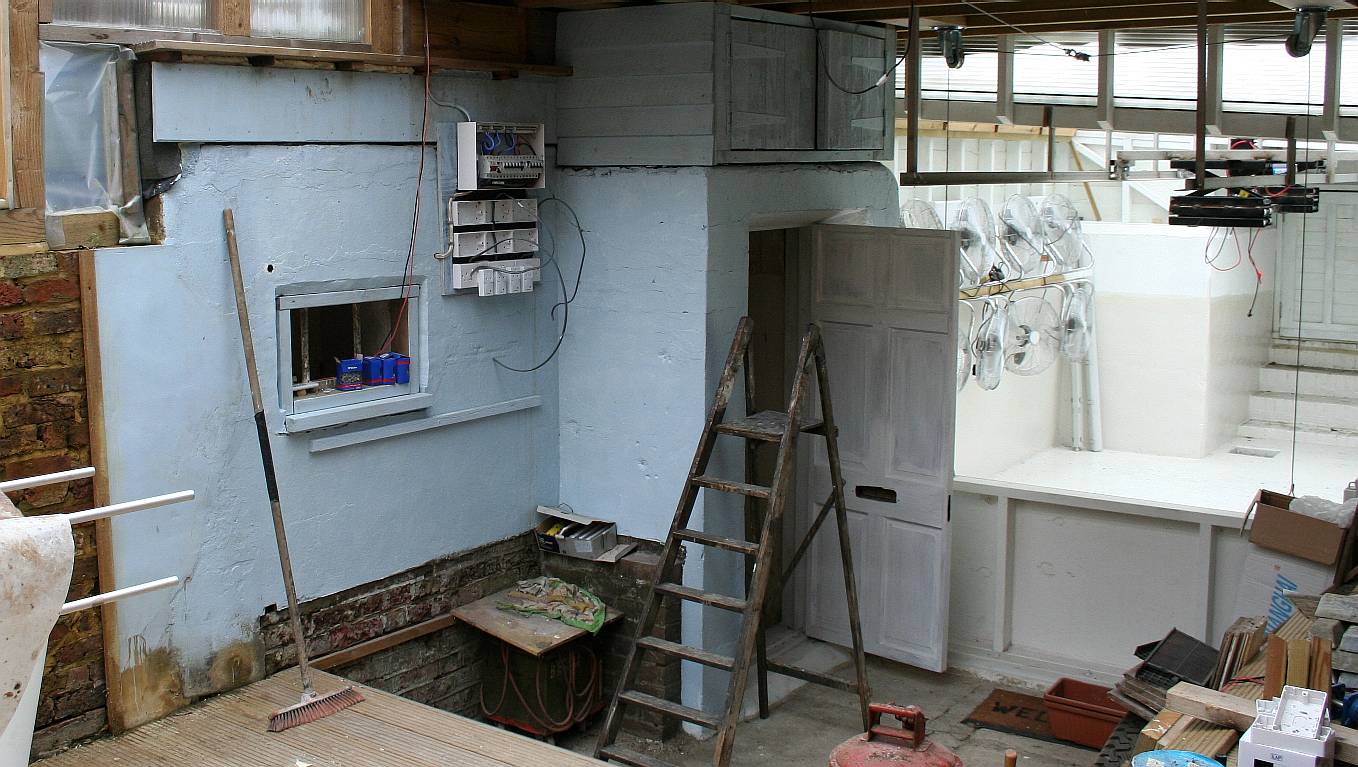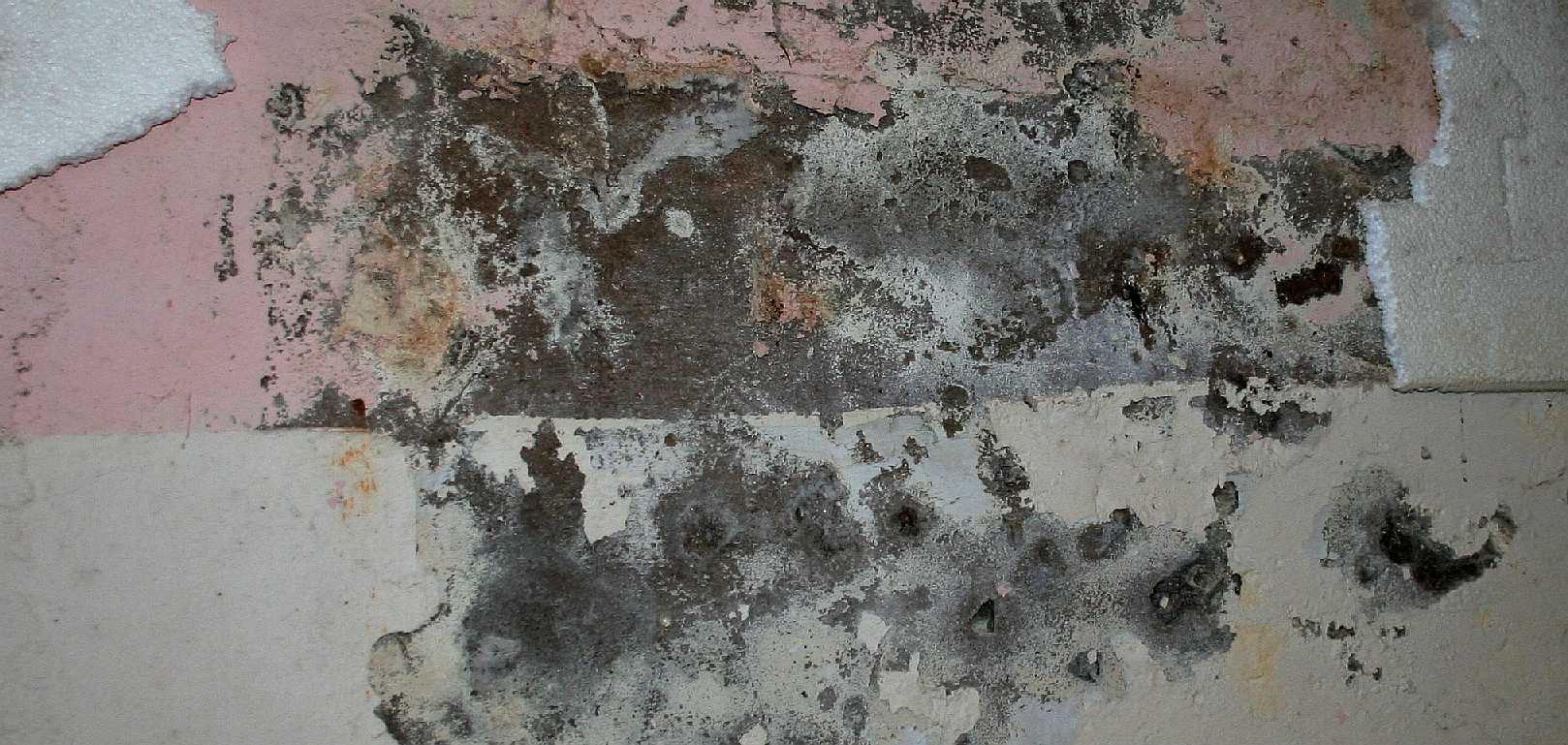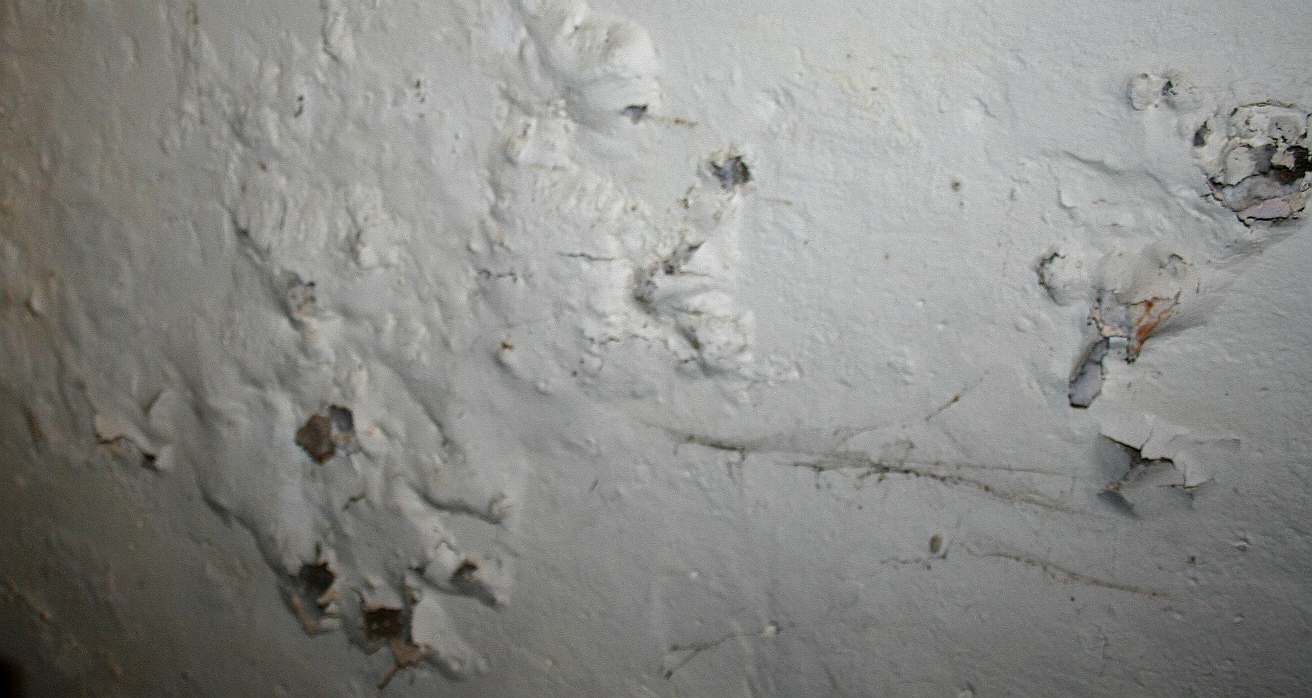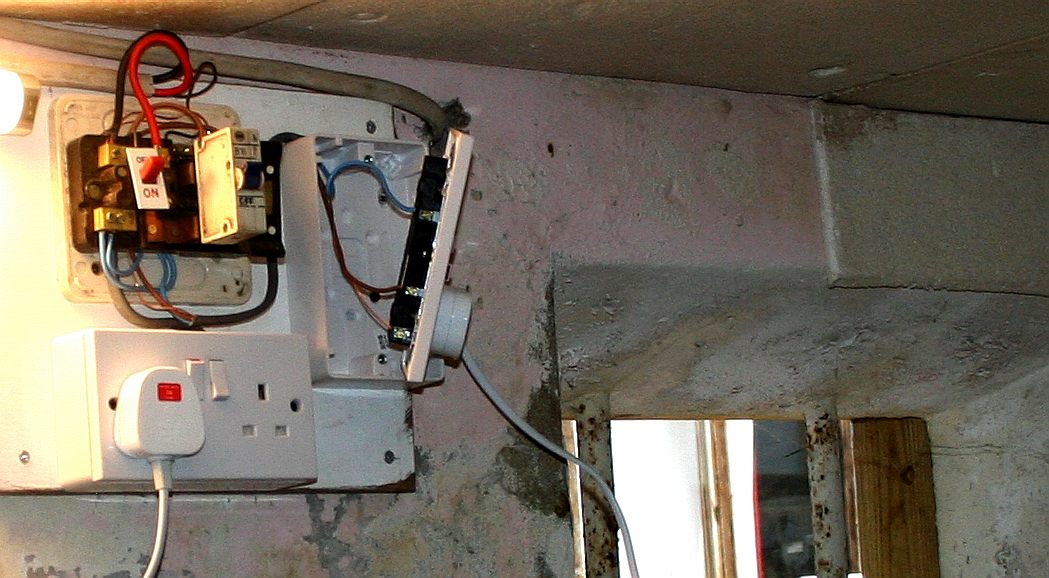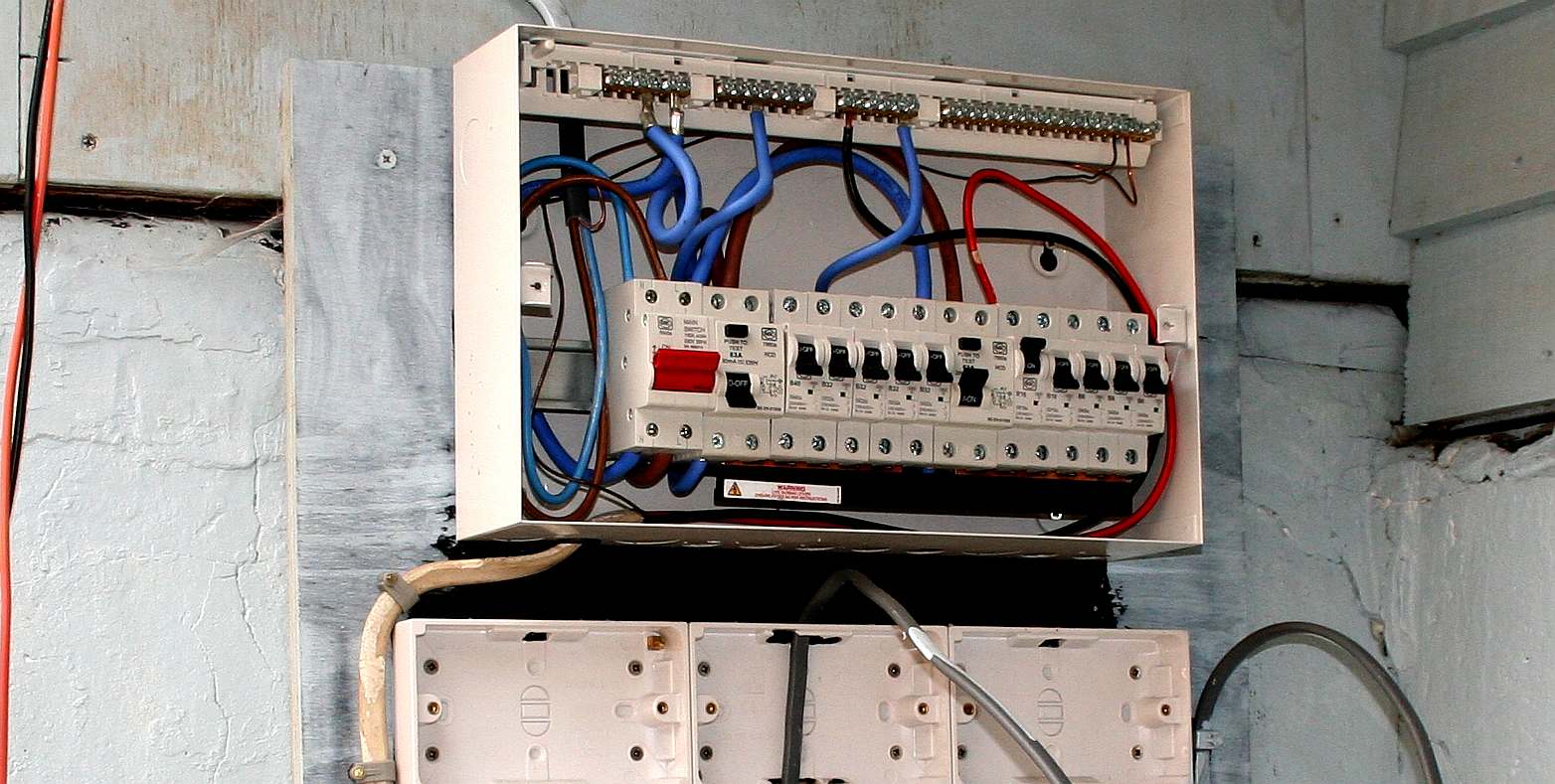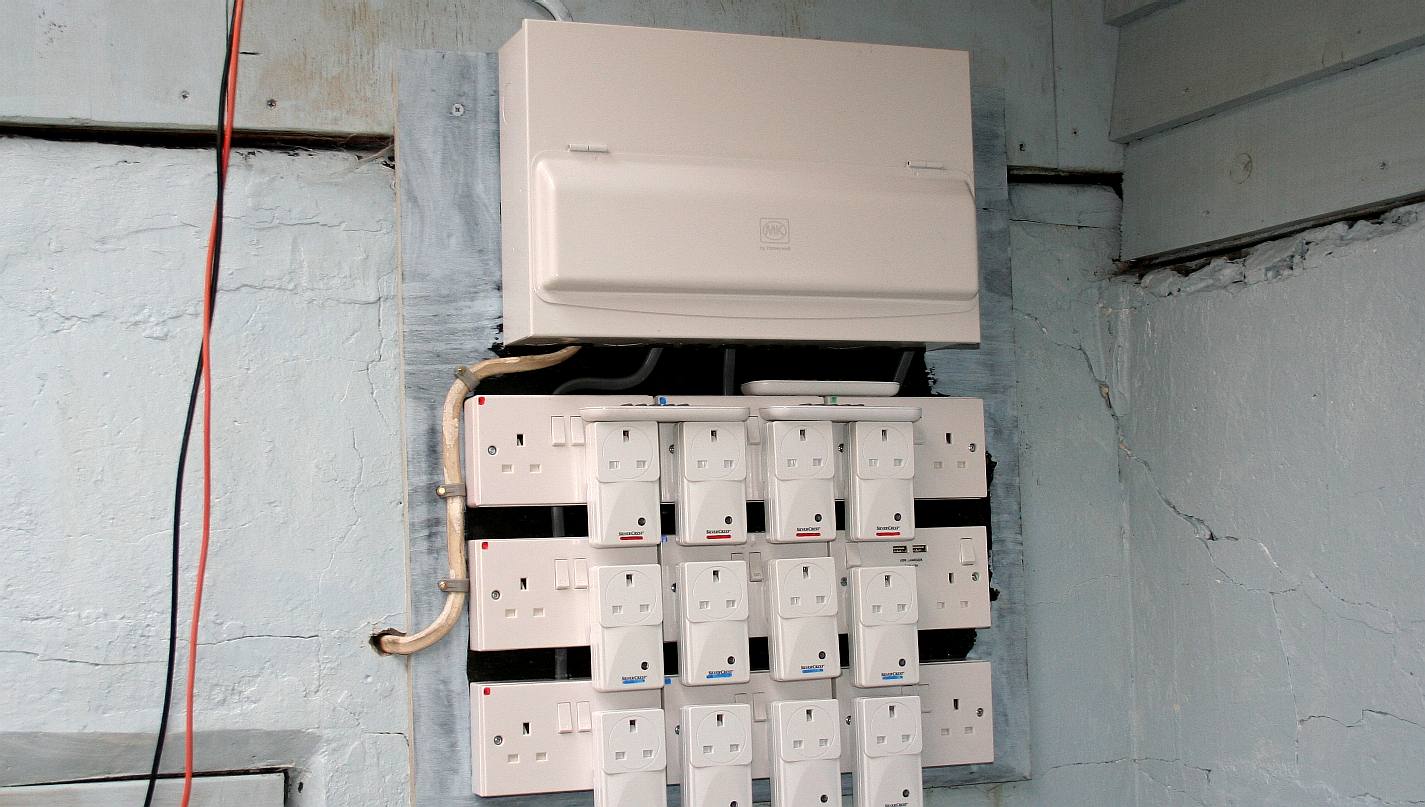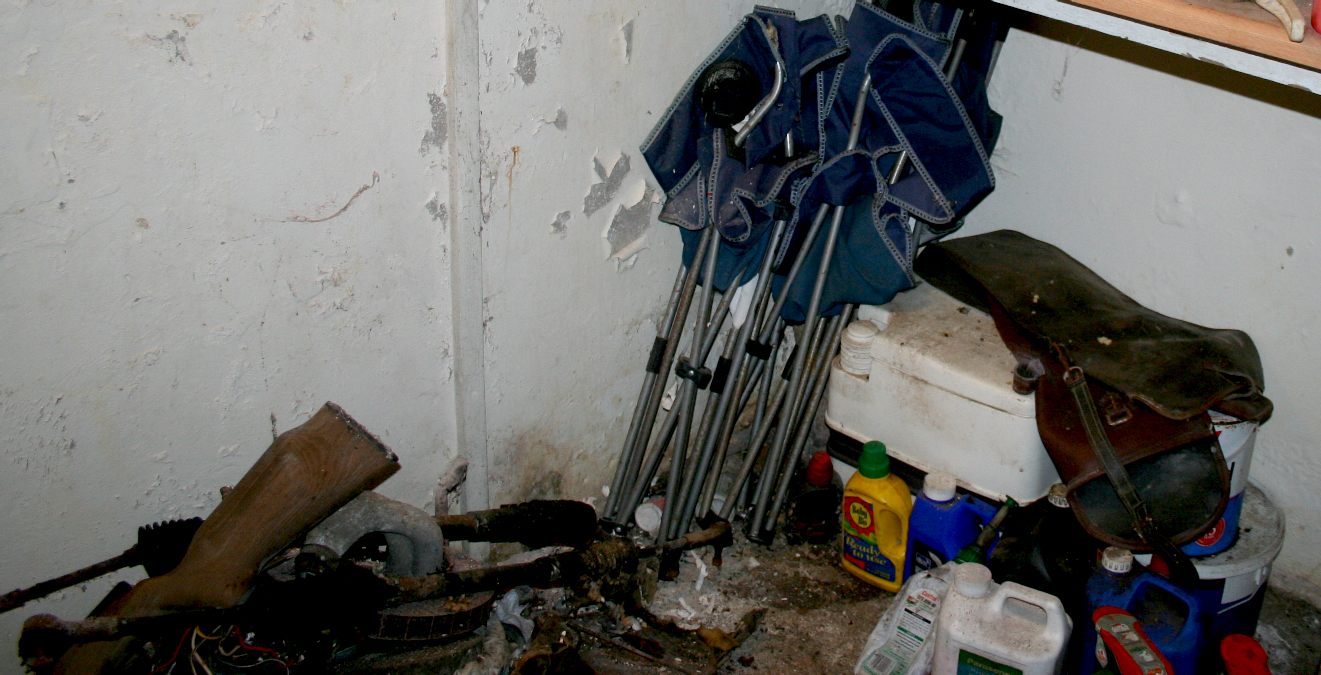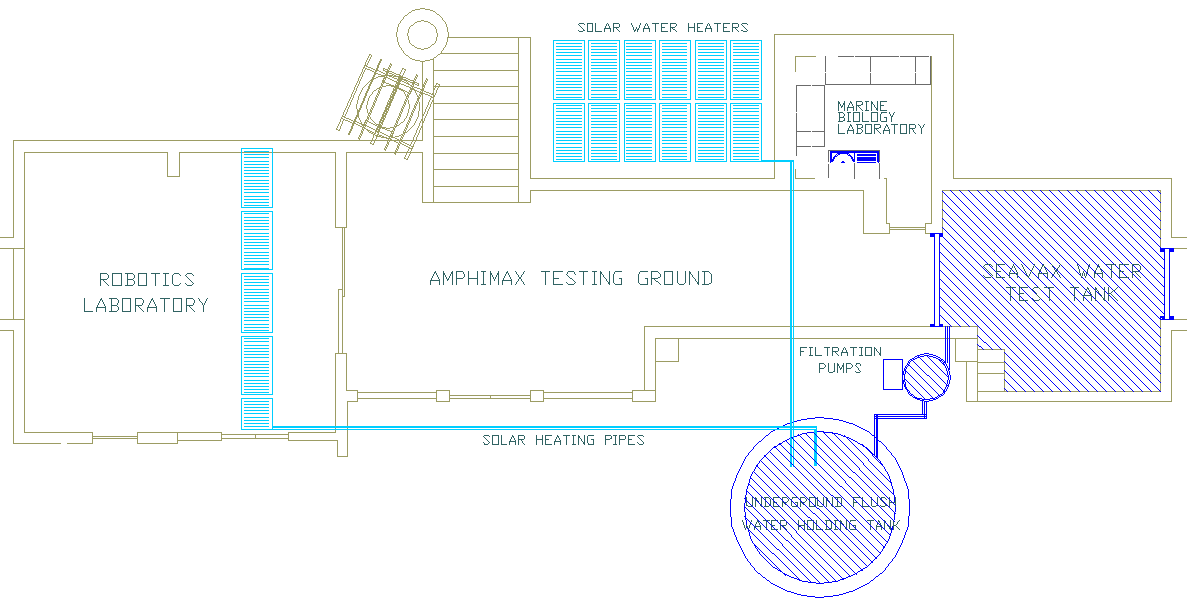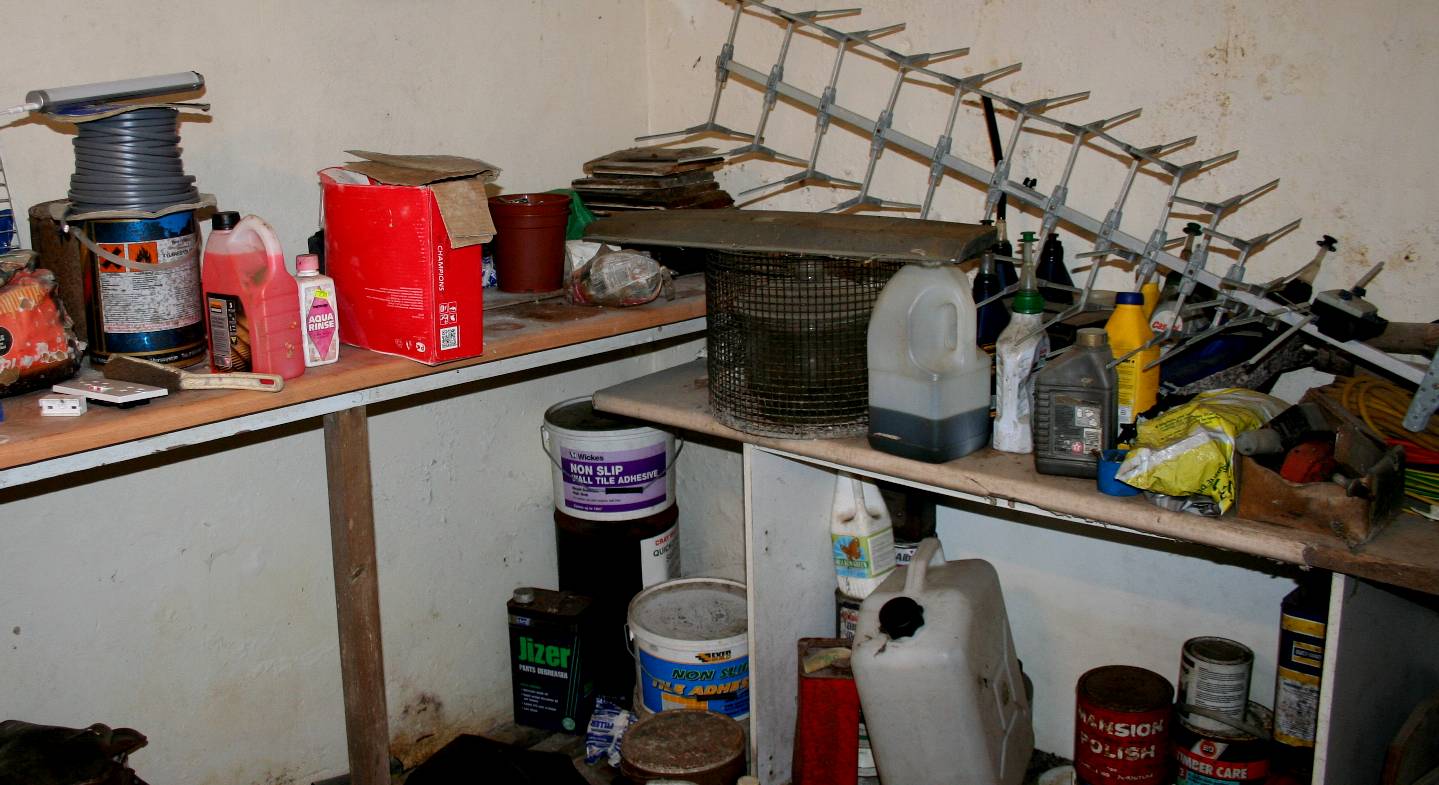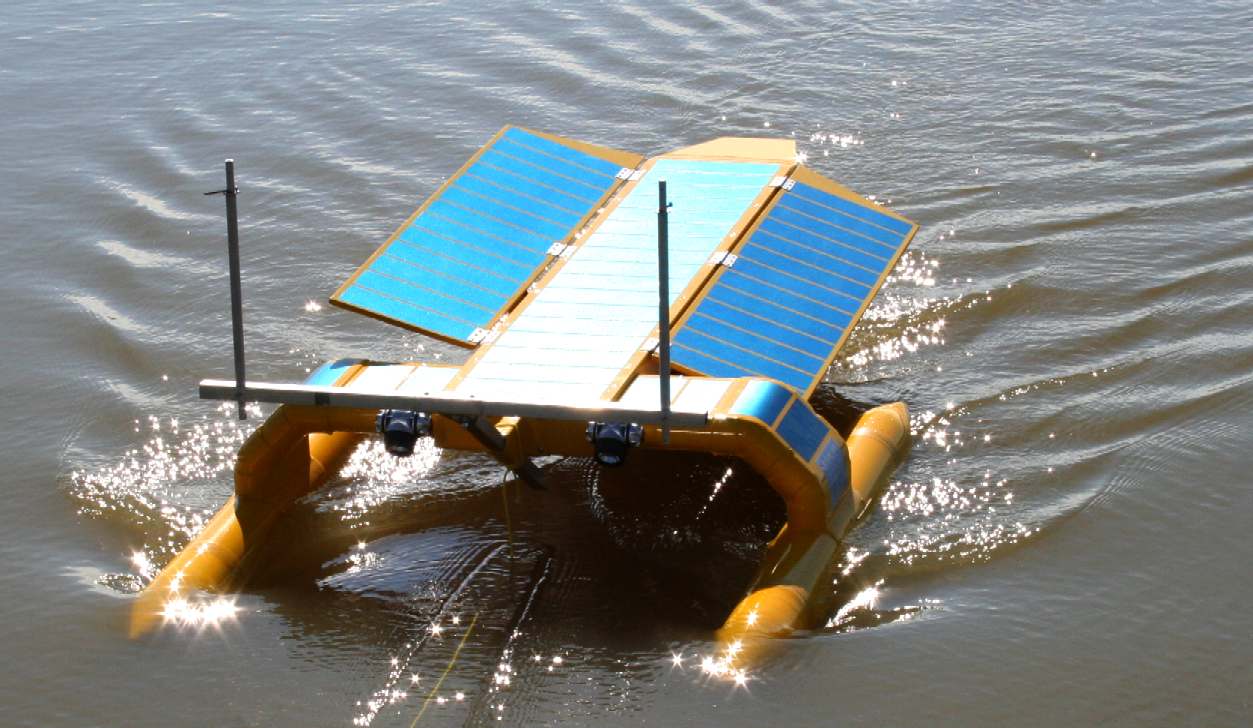|
CONVERSION - MARINE BIOLOGY LAB
ABOUT - CONTACTS - CROWDFUNDING - DONATE - FOUNDATION - HOME - A-Z INDEX
CONVENIENCE - The laboratory is adjacent to our water test tank, so ideally placed to record the results of our water filtration testing experiments on the premises. Copyright © photograph 23 March 2019, Cleaner Ocean Foundation Ltd. All rights reserved.
The Second World War bomb shelter was in a very poor condition from years of leaking roofs. Inside, the paint was peeling off the walls and fungus was rife. We needed to clear shelter of all accumulated junk, take the walls back to good render, seal and repaint, to enable our volunteers to build suitable units and fit out the facility with a sink, lighting and electrical sockets. Then we can equip with instruments along the lines of that suggested by Emily Hoad in 2018.
DAMP - Although we will be working close to water, we cannot have the laboratory compromised by damp conditions. All of the walls will have to be sanded back to bare render and sealed fresh with G4 resin. Copyright © photographs March 22 2019 Cleaner Ocean Foundation.
BLISTERS - The damp causes whispers of calcium and other chemicals to leach from the sand and cement render. It is likely that during the lead up to hostilities that sand with a high salt content was used. Copyright © photographs March 22 2019 Cleaner Ocean Foundation.
DODGY - The wiring in and out received a complete overhaul involving replacement or refurbishment of most of the original fittings. Copyright © photographs March 22 2019 Cleaner Ocean Foundation.
RCD - We needed to reconnect the shelter to an electricity supply. Some years ago this unit would have been outside. With the build of the water test tank and robotics laboratory in 2016 and 2017, there is now a roof overhead. This includes a new covering for the bomb shelter roof. The supply to the converted bomb shelter is protected by several circuits equipped with trip switches. Copyright © photographs March 23 2019 Cleaner Ocean Foundation.
RCD - The power supply to the biology laboratory is shared with a single consumer unit that has two separate RCD protected circuits. One circuit supplies the water test tank fans via remotely controlled sockets so that water and electricity don't mix. Copyright © photographs March 27 2019. All rights reserved. You will need the permission of the Cleaner Ocean Foundation to reproduce these pictures except for educational use or private research.
SCRAP METAL - Most of this junk will be recycled. There were old engine parts and other automotive mechanicals, outdoor seats and even an old air rifle that was completely rusted solid. Copyright © photographs March 22 2019 Cleaner Ocean Foundation.
When first re-discovered in 1982, this WWII building was completely overgrown with about a 300mm of earth and flora covering it so that nobody could even see it. There was a large sycamore tree growing out of the doorway, obscuring the entrance. A well that now provides water for our test tank and drinking water for our volunteers was also covered over with earth. The underground water storage chamber, footings and concrete machinery mounts from an early generating station from before 1909, were also buried from sight. It is a miracle that these archaeologically important features were discovered, and are now preserved by being put to good use.
FACILITY LAYOUT - Diagram of the general layout of the COF's facilities in Sussex. One of the most important features of the water test tank is the underground holding tank that allows us to drain the test tank out and filter the water with each flush into the holding tank. The test tank is then filled again with filtered water, ready to be charged with plastic particles, marine biota or a mix of both. The whole operation takes less than 60 minutes, meaning that two or more experiments may be conducted every day, save where a machinery change is also necessary. The object being to find the best way of separating inanimate plastics from organics, to preserve life. Copyright © diagram September 2018 Cleaner Ocean Foundation.
SUPPORT OUR RESEARCH
Please help us if you can by making a donation of any size to help us to be able to share our research with the world. At the time of publication of this page we are not supported by any government or agency. We are reliant on help from members of the public who care about marine conservation. Though in the fullness of time we hope to be able to interest international groups who might agree that collaboration is necessary if we are to rid the oceans of the plastic menace.
....
JUNK ROOM - The World War Two bomb shelter was in a bad way, damp and filled with household and other items long past their sell by date. Copyright © photograph March 22 2019 Cleaner Ocean Foundation.
LINKS & REFERENCE
https://en.wikipedia.org/wiki/Marine_Biological_Laboratory
OCEAN CLEANER - SeaVax is designed to operate in fleets. The Cleaner Ocean Foundation is looking to world leaders for help with nothing so far on the horizon. We are thus considering crowd funding and other initiatives designed to generate donations.
This website is provided on a free basis as a public information service. Copyright © Cleaner Oceans Foundation Ltd (COFL) (Company No: 4674774) 2019. Solar Studios, BN271RF, United Kingdom. COFL is a charity without share capital. The names Amphimax™ RiverVax™ and SeaVax™ are registered trademarks.
|
